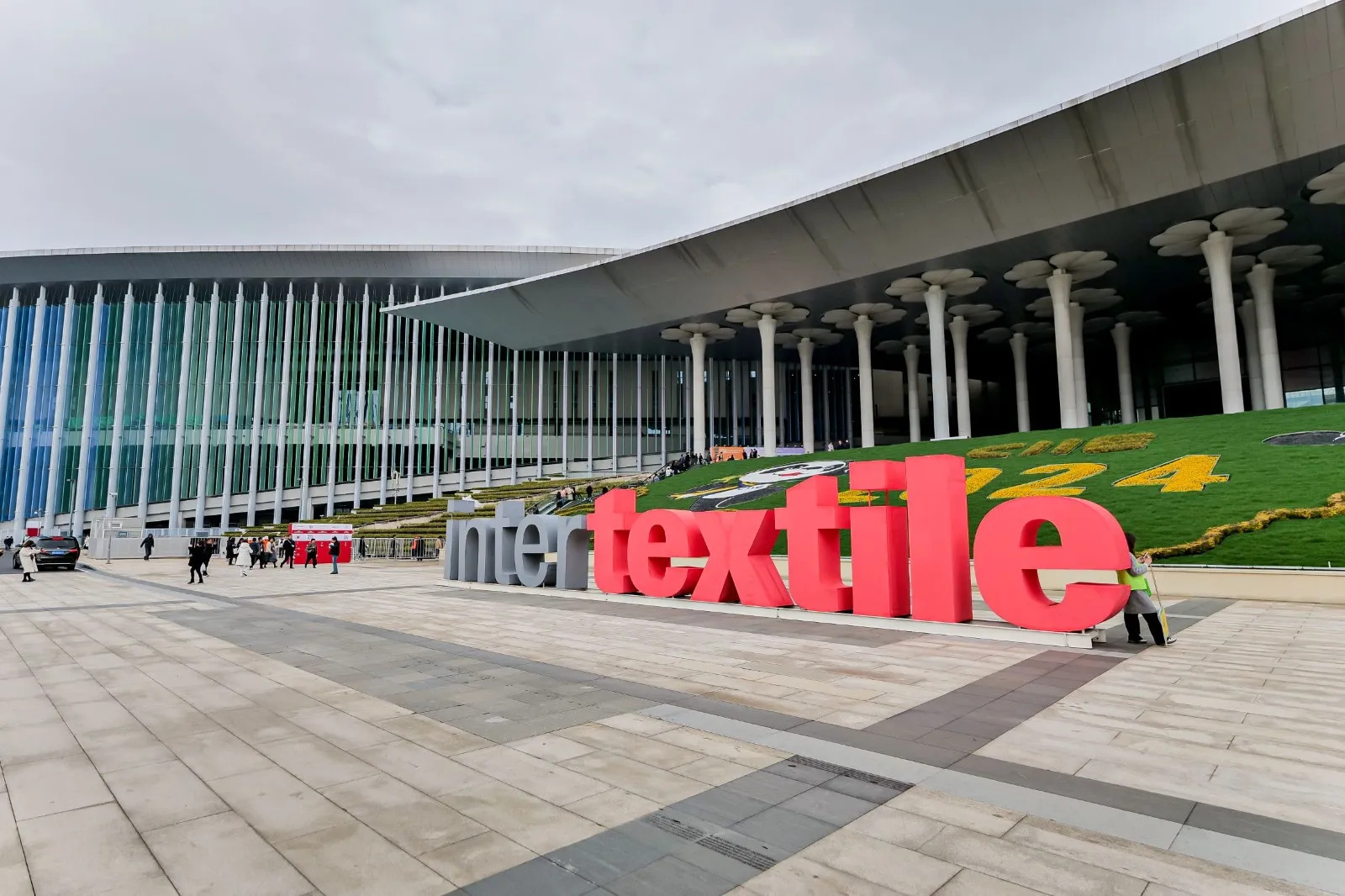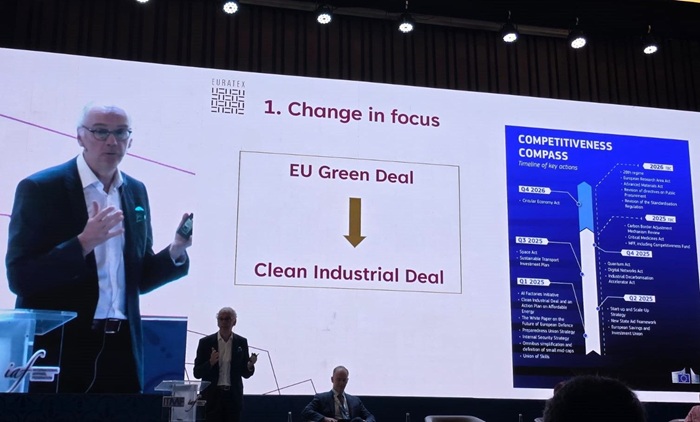
The hum of consumer-driven economy is faltering, and the reverberations are hitting luxury retail with a force that suggests a deeper shift in consumer culture. While inflation fatigue grips many, it's Gen Z's ‘No Buy 2025’ movement that's sending shockwaves through the market, signaling a potential era of prolonged austerity.
The rise of underconsumption
What began as a murmur of ‘underconsumption’ has grown into a social media phenomenon. Driven by economic anxieties and a yearning for authenticity, young consumers are actively choosing to forgo discretionary spending, prioritizing essentials over extravagance. This movement, which got a boost on platforms like TikTok, has garnered millions of views, demonstrating a widespread desire to break free from the cycle of relentless consumption.
Luxury's sudden slump
The impact is palpable, particularly in the luxury sector. LVMH's recent financial report, revealing a 2 per cent sales decline and significant drops in net income, serves as a stark illustration of this trend. Analysts like those at McKinsey & Company, warn of a potential ‘reckoning’ for brands, citing factors like a slowing global economy and evolving consumer habits. Stéphane JG Girod, a Swiss-based professor, further emphasizes this structural shift, noting that luxury brands have lost an estimated 50 million customers in the past two years, with notable impact to brand like Rolex and Porsche.
One major factor behind this mindset is the economic uncertainty. Geopolitical tensions and concerns about asset values are driving even affluent consumers to adopt a more cautious approach. For younger generations, particularly those living paycheck to paycheck, the ‘No Buy’ movement reflects a sense of financial vulnerability and a desire for greater security.
Moreover, Gen Z's embrace of movements like ‘No Mow May’ and ‘No Buy 2025’ underscores a growing preference for authentic experiences and sustainable practices. The influence from social media is massive, with Gen-z consumers finding others like themselves that reinforce their values and opinions. Young consumers are prioritizing low-cost experiences like eating in and hosting game nights, indicating a move away from material possessions. Many reports say, Gen-Z values experiences much more than material goods.
Gen Z's influence extends beyond their own purchasing power. Their ability to sway the spending habits of older generations through social media makes them a crucial demographic for retailers to watch. As consumer culture shifts, brands, from Walmart to Ferragamo, must adapt to meet the evolving needs and values of their customers.
The bottomline is the ‘No Buy 2025’ movement is more than a fleeting trend; it reflects a fundamental shift in consumer behavior. Economic uncertainty and a desire for authenticity are driving forces behind this movement. And luxury retail is particularly vulnerable to these changes. Social media is a huge driving force in this cultural change. Most importantly, brands must prioritize understanding and responding to the values of Gen Z.
So is this a temporary blip or a harbinger of a new era of conscious consumption? Regardless, the retail landscape is undoubtedly undergoing a transformation, with Gen Z leading the charge.












